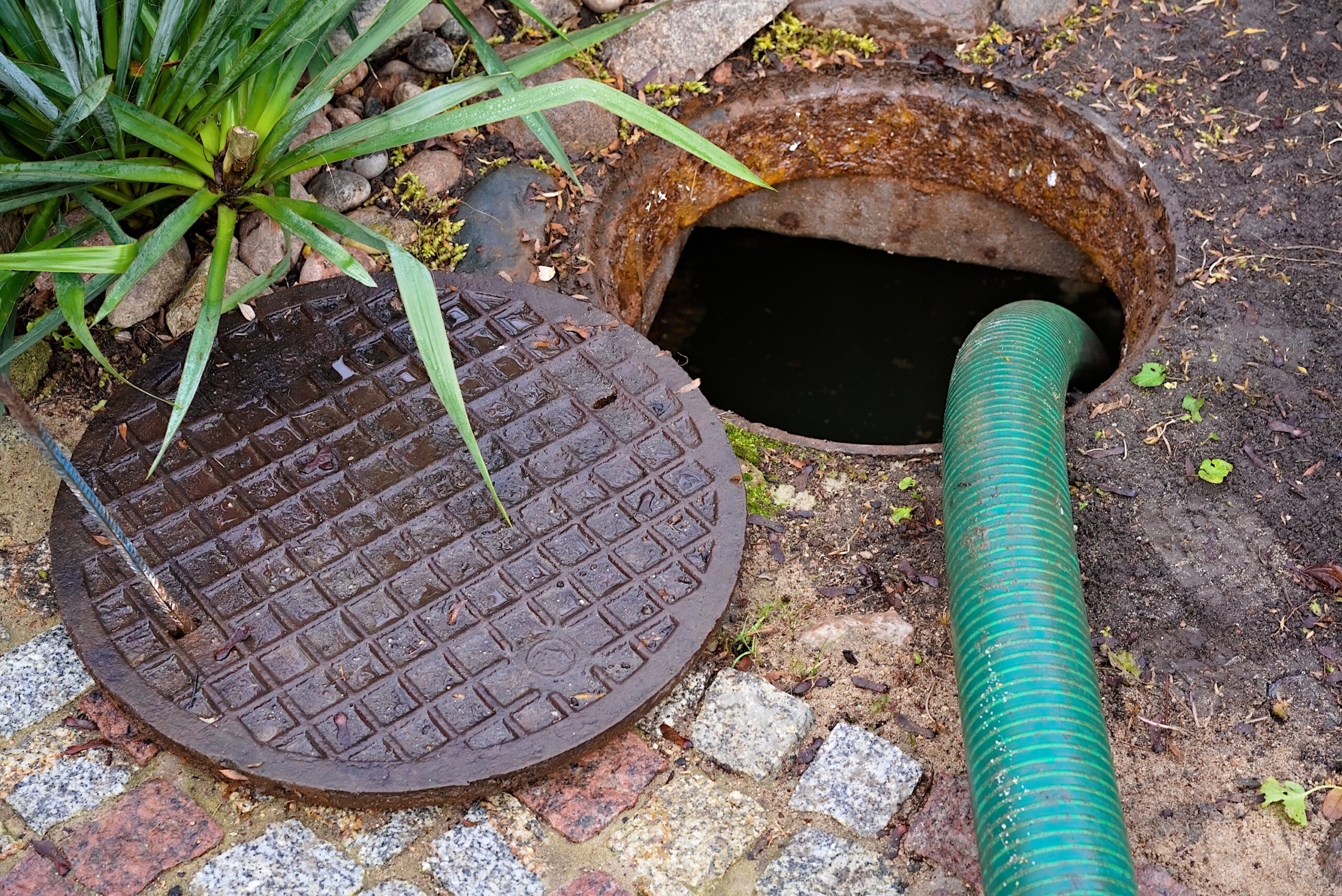Failing septic systems are not solely the province of homeowners. Washington County Public Works in Stillwater Township, Minnesota, is currently weighing options on how to deal with a flooded drain field and a failing septic tank at one of their field offices. Portable toilets have been deployed as a temporary measure, but the county has agreed to pay up to $100,000 to repair the failing septic system and return it to proper working order. With over 50 years in continuous service, the septic tank system has significantly exceeded the average longevity for these systems. It is not clear whether Washington County will repair the existing system or will opt for a full replacement.
Usage Grew Beyond Original Design Requirements
Many smaller or rural businesses employ septic tank and drain field systems to manage their limited waste treatment requirements. One issue that exacerbated the problems in Washington County was the increased staffing at the Myeron Road North field office over a period of years. The initial septic tank installation was designed to manage wastewater treatment for only a handful of staff; today, that office serves almost 70 full-time employees year-round as well as a larger number of part-time and temporary workers during the summer months. This increased load on the septic system eventually led to its complete failure and the telltale presence of standing water on and around the drain field area.
Preventing Septic Failures
Although the precise point of failure for the Myeron Road North septic system is not yet known, overloading older septic tanks with water and waste products can often lead to the growth of biomat inside the tank and the blockage of key pipes and distribution points within the system. Frequent pumpings can sometimes help to delay septic tank problems, but the formation of biomat over time can spell doom for almost any septic system. Finding a way to increase the efficiency of decomposition inside the septic tank can provide small business owners, public agencies and homeowners with added protection against the catastrophic costs associated with total septic system failure.
Increasing Efficiency and Reducing Biomat
Many septic system problems can be avoided by simply increasing the rate of decomposition inside the septic tank and eliminating most of the biomat that is already coating the walls and floor of the tank itself. Installing a septic aerator can lead to the growth of aerobic bacteria within the tank to replace the anaerobic colonies already at work there. Septic aeration systems can increase the load capacity and rate of decomposition to allow greater longevity for septic systems in public and private use.
Installing an advanced septic aeration system from Aero-Stream can boost the efficiency of the tank and reduce the risk of serious septic system failures. These systems are surprisingly affordable and are a solid investment in the future health and function of home and office septic tank systems.











